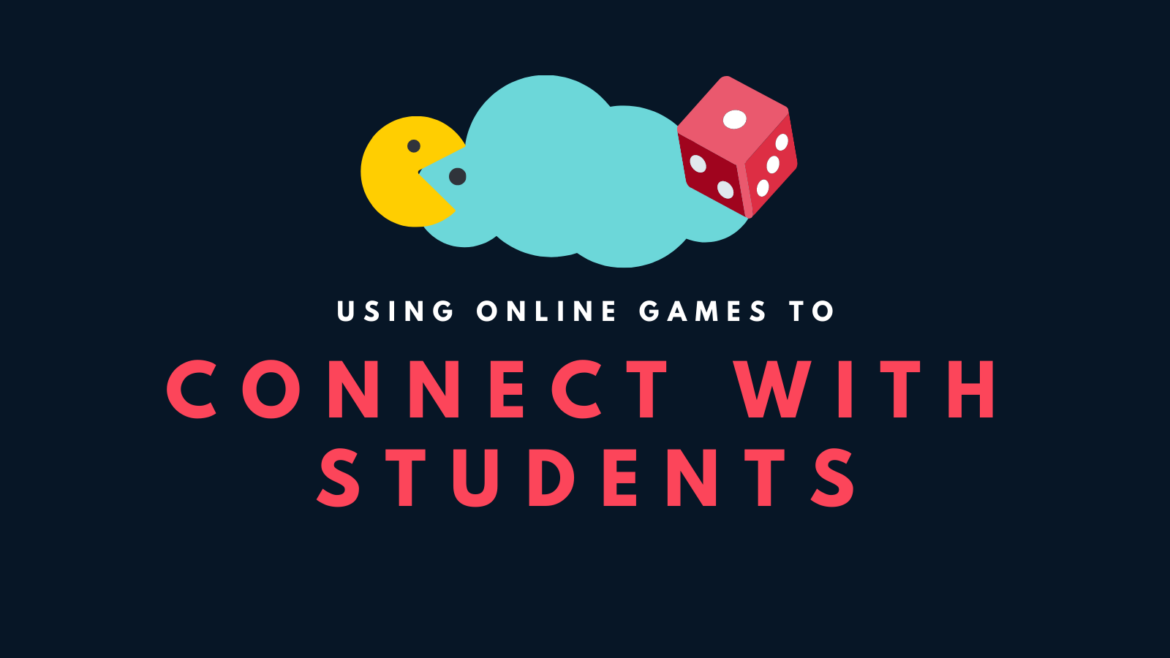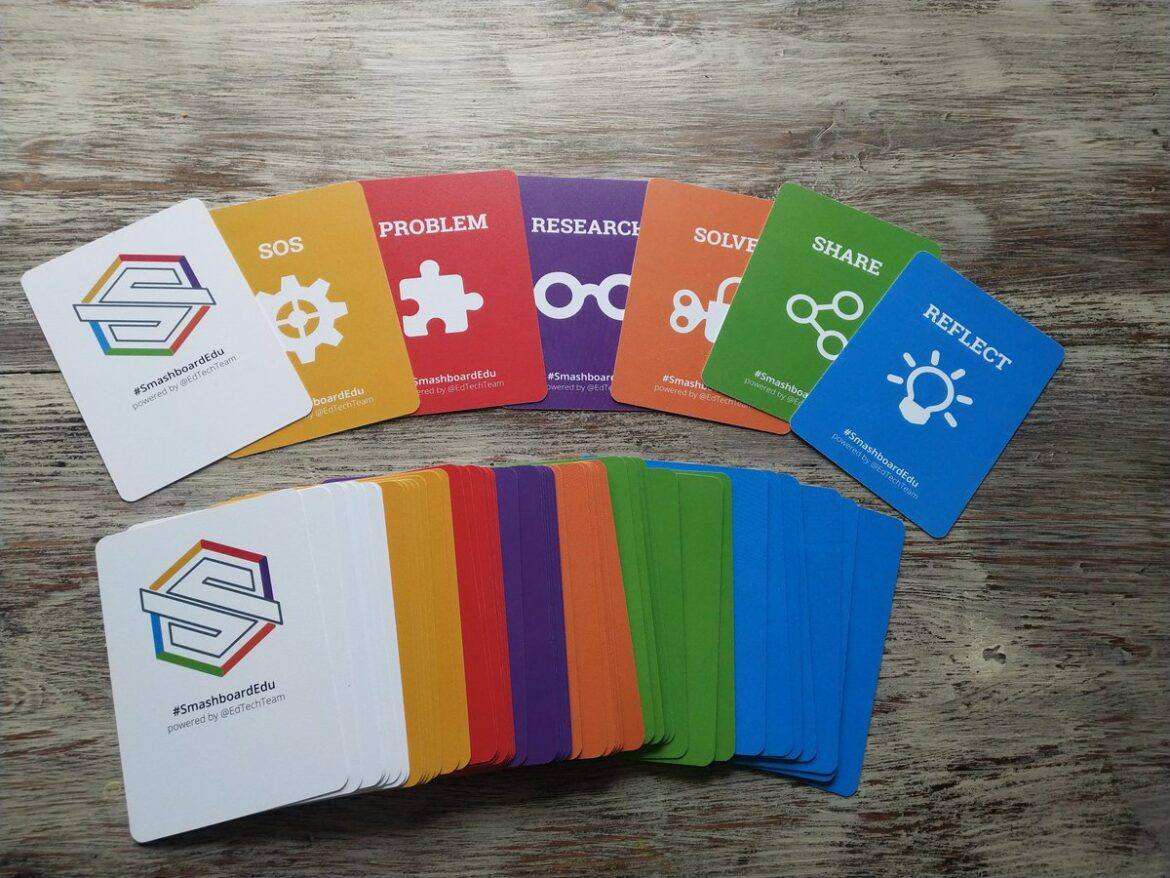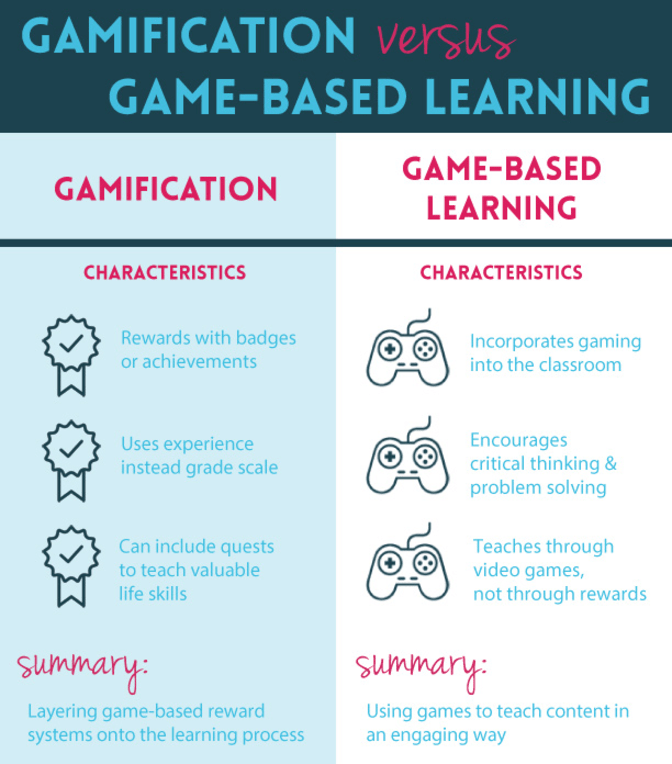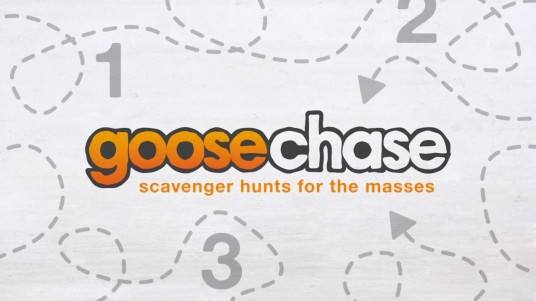In these extraordinary times, online learning has become more commonplace than ever. For example, Education Next’s latest survey shows that 73% of American parents say that they’re willing to have their child take major high school courses online. This is a 17% jump from over a decade ago. Plus, Forbes states that more than six million students globally are pursuing their college education online this year, and experts say that this number will continue to grow until recent risks have made themselves scarce.
However, online classes have one big pitfall: They’re notoriously less engaging. Not only is it hard to concentrate over a screen, but “there are some distractions when learning at home.” confessed a student from Alexander Middle School. It’s also much harder to motivate yourself in a remote setting.
While you can’t be physically there to inspire them, you do have access to tools that will let you connect with them over the network. One of these is online games.
Keeping Students Engaged
Depending on the subject that you teach, the right online game can make your lectures more enticing to be a part of. For example, for older students, consider integrating turn-based strategy games like Civilization into a history lesson plan. It includes aspects of historical change and growth, from housing to trade. There are even entire websites that host a variety of fun yet educational games to teach certain subjects. ThoughtCo suggests the many games at Math Playground due to the sheer variety. Meanwhile, the games at Science Kids are not only designed to be fun, but practical too. The site hosts games for building circuits, tracing food chains, and more.
No matter what you teach, there will be several online games that can be integrated into your classes. With the huge variety to choose from, the key is finding the one that suits your lesson plan best.
A More Personalized Approach
If you search far enough, you’re going to stumble upon online game creation platforms. If you want to keep things in theme or even personalized for every group of students, then this is a good avenue to explore.
For this purpose, HP recommends Kahoot! for its intuitive approach to learning and assessment. It’s a platform that allows educators to choose from 40-million ready-to-go “Kahoots” or learning games and, more notably, have them make their own. There are different kinds of Kahoots, including, quizzes, challenges, jumbles, and more. Think about how your students took to your lesson and the type of game format they might respond to the most.
Classcraft has a similar type of game creation freedom, though in an RPG-only format. For every question answered, the student gains “experience points” they can use to customize their in-game avatar. Indeed, one of TCEA’s ‘Five Easy Tips to Engage in Game-Based Learning’ is to let them be a part of the game, so Classcraft works great in this regard.
The Key Takeaway
Overall, it’s not enough to reach out to your students. They have to meet you halfway. And a good way to entice them to connect and participate, at least virtually, is with online games.











 Once you’ve created several missions (the number of missions is up to you), then you can assign each mission a point value based on its degree of difficulty. Decide how long you want the game to run and if a password is required to join. Then the game is afoot! Gather the participants together and have them divide up into teams. (I would recommend no more than four to a team, with three being the optimum number.) One player on each team will need to download the free GooseChase app, available for either an
Once you’ve created several missions (the number of missions is up to you), then you can assign each mission a point value based on its degree of difficulty. Decide how long you want the game to run and if a password is required to join. Then the game is afoot! Gather the participants together and have them divide up into teams. (I would recommend no more than four to a team, with three being the optimum number.) One player on each team will need to download the free GooseChase app, available for either an 
